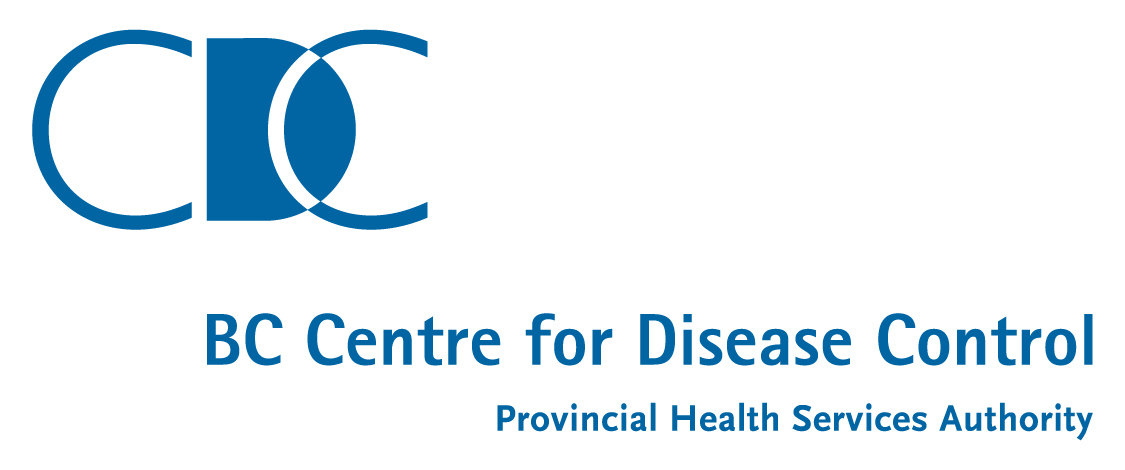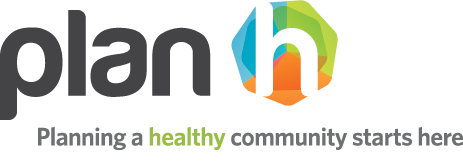Hazelton Community Health Profile
Some of the indicators presented in the Community Health Profiles are provided with data available at the level of Local Health Areas (LHAs). Please note that some of the LHAs have been given new names in the process of aligning them with newly created Community Health Service Area (CHSA) geographies. To view the new names, click here.
Factors that affect health
The following section describes some of the factors that influence the health and well-being of our communities. It is important to note that, although these factors impact health in their own right, they are interrelated and work together to contribute towards the health of our communities.
Income
Income greatly impacts health by affecting our living conditions (e.g., adequate housing and transportation options), access to healthy choices (e.g., healthy food options and recreational activities), and stress levels.
Those with the lowest levels of income experience the poorest health and with each step up in income, health improves. This means all segments of the population experience the effect of income on health, not just those living in poverty.
Considering a range of incomes when designing community programs and services can improve access for all.
Average household income
Census of population, Statistics Canada, 2016
($1)
Hazelton
$90,354
BC average
Education
People with higher levels of education tend to be healthier than those with less formal education. Education impacts our job opportunities, working conditions, and income level. In addition, education equips us to better understand our health options and make informed choices about our health.
Offering or partnering with other organizations to deliver informal education, such as skill-building workshops (e.g., literacy training), can contribute towards improved individual and community health.
Employment
Employment provides income and a sense of security for individuals. Underemployment or unemployment can lead to poorer physical and mental well-being due to reduced income, lack of employment benefits and elevated stress levels. Employment conditions such as workplace safety and hours of work can also impact our health.
Offering fair compensation and safe working conditions, and asking your contractors to do so as well, can improve health in your community.
Unemployment rate
Census of population, Statistics Canada, 2016
8.7%
Hazelton
6.7%
BC average
Physical environments
Physical environments can promote healthy behaviours by increasing access to healthy food outlets, affordable housing, walking or biking paths, and smoke-free environments.
How we plan and build our communities can make healthy options, like active transportation, more available, affordable, and accessible for everyone.
By keeping health and physical activity accessibility in mind when planning policy and designing physical spaces, communities can help create healthier environments for citizens.
Spending 30% or more of your household income on housing is considered “unaffordable”. Households spending 30% of their income on housing are less able to afford healthy food and other basic living costs.
Health services
Access to health services is essential for maintaining and improving our health. Health authorities and the Ministry of Health are responsible for providing quality services that meet the health needs of communities by preventing, diagnosing, and treating illnesses.
Local and First Nations governments, community organizations, and health authorities can work in partnership to help ensure that their communities’ health needs are addressed.
Available health practitioners per 100,000 residents in Upper Skeena LHA
Report, BC Ministry of Health, 2009-2010
Physicians
92
BC Average: 112
Specialists
18
BC Average: 94
Supplementary practitioners
−
BC Average: 133
Health practitioners are one part of a larger health system that includes many people, facilities, and services that aim to improve health in your community through health care services and health promotion.
Social support
Social support from family, friends, and communities is associated with better health. Having someone to turn to during times of financial or emotional hardship can help to alleviate stress, and caring relationships can protect against health problems. Beyond our immediate social support network, our health is also affected by our sense of community support and connectedness. Community connectedness reflects our commitment to shared resources and systems - for example, our community centres and programs, transportation system, and social safety net.
Through support and provision of social programming, local and First Nations governments, community organizations, and health authorities can increase social support and connectedness in their communities.
In 2015-2016, 78.2% of Northwest HSDA population (aged 12 and up) reported a somewhat strong or very strong sense of belonging to their local community. Canadian Community Health Survey, 2015-2016
Early childhood development
Early childhood development has a profound impact on emotional and physical health in later years. Early experiences help children to develop skills in emotional control, relationship building, self-esteem, and health practices that last throughout their lives.
Offering accessible and affordable programs and services for a diverse spectrum of children and families can help support healthy childhood development in your community.
The Early Development Instrument (EDI) is one indicator of healthy childhood development, which measures children in kindergarten in five core areas that are known to be good predictors of adult health, education, and social outcomes: social competence; physical health and well-being; language and cognitive development; emotional maturity; communication skills and general knowledge. The EDI highlights the percentage of children in kindergarten who may be considered vulnerable in one or more of these core areas.
Personal health practices
Personal health practices such as what we eat, how much we drink, how physically active we are, and whether or not we smoke are factors that impact our health. For example, alcohol consumption has been linked to diseases like cancer and kidney disease, and smoking is still a leading cause of death in BC. Health practices are highly influenced by our knowledge of and ability to afford or adopt healthier options.
Supportive social and physical environments can improve everyone’s personal health practices. Communities offer programs and services that increase awareness, build skills, and positively influence personal health practices. Local governments have also had success in improving community health by implementing bylaw and zoning restrictions, such as for tobacco.
Consumption of standard alcoholic drinks per capita in Upper Skeena LHA
Report, Centre for Addictions Research of BC, 2016
1.5/day
Upper Skeena LHA
1.5/day
BC average
Higher than BC Lower than BC
The Potential Years of Life Lost (PYLL) Index estimates the number of years of life ‘lost’ to early deaths (i.e., deaths before age 75). The PYLL Index shows early deaths in your LHA that can be attributed to various behaviours, compared to the BC average. For example, a PYLL Index of 1.20 indicates that your LHA average is 20% higher than the BC average.
Health practices that start early in life are likely to continue into adulthood. This graph shows health practices for students in your LHA.
















